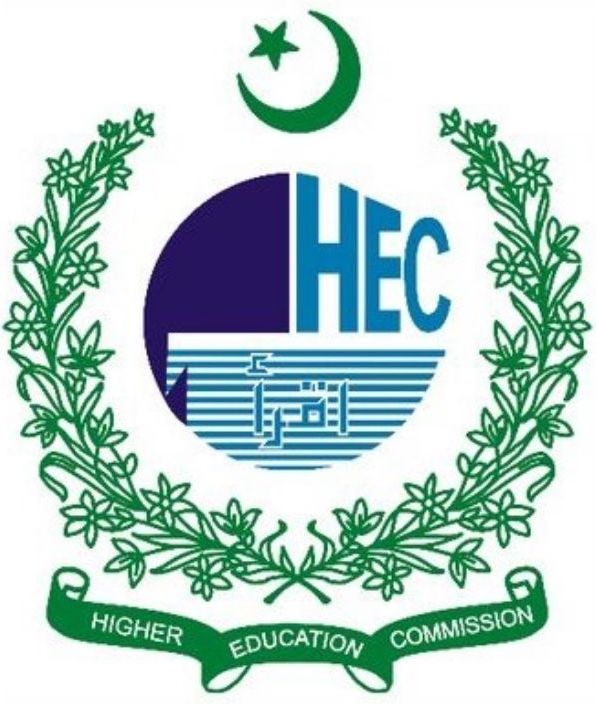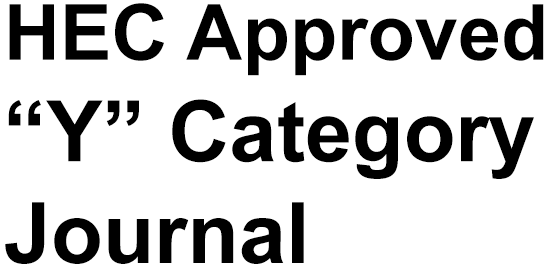Kinematical Analysis of Swimming Start and its Effect on Performance
DOI:
https://doi.org/10.63056/Keywords:
Swimming start, Swimmer performanceAbstract
The swimming start is typically defined as the time from the starting signal to when the center of the swimmer’s head reaches 15m. The swimming start is highly influential to overall competition performance. Depending on the length of the event, start times have been proven to contribute between 1-26% of the total race time. The sole objective of the research work was to investigate the performance of the swimmers of two universities (University of the Punjab, Lahore and Government College University Lahore) in start phase and compare the performance of both university’s swimmers to identify their strengths and weaknesses. The study was cross sectional and took place in the swimming pool of Punjab international swimming complex, Lahore. Six (6) swimmers from university of the Punjab and six (6) swimmers from Government College University were selected for this study. Purposive sampling technique was used for the selection of sample. Data of swimmers were recorded with four cameras installed at the start, 5m, 10m and 15m at the height of 2m. Data were treated by using common descriptive statistics and independent t-test was used to identify the difference between the performance of two universities swimmers. The findings of this study demonstrated that the reaction time, submerge time, flight time and underwater time of swimmers have great impact on the overall start performance. When examining the sub-phases of the start, it was found that the overall start time of the University of the Punjab swimmer was 7.537s and they spent 11% (0.847 s) on the block phase, 3% (0.22 s) in the flight phase, 4% (0.277 s) in the submerge phase, 40% (3.017 s) in the underwater phase, and 42% (3.176 s) free swimming once the athlete had resurfaced. The overall start time of Government college university swimmers was 7.723 s, and they spent 11% (0.837 s) on the block phase, 3% (0.22 s) in the flight phase, 3% (0.26) in the submerge phase, 38% (2.898 s) in the underwater phase, and 45% (3.511 s) free swimming once the athlete had resurfaced. There was no significant difference in the performance of start phase between the swimmers from University of the Punjab and Government College University.
Downloads
Published
Issue
Section
License
Copyright (c) 2025 Asif Munir, Mohibullah Khan Marwat, Kashif Mehmood, Syed Muhammad Bilal Gillani, Mufeez Alam (Author)

This work is licensed under a Creative Commons Attribution 4.0 International License.












